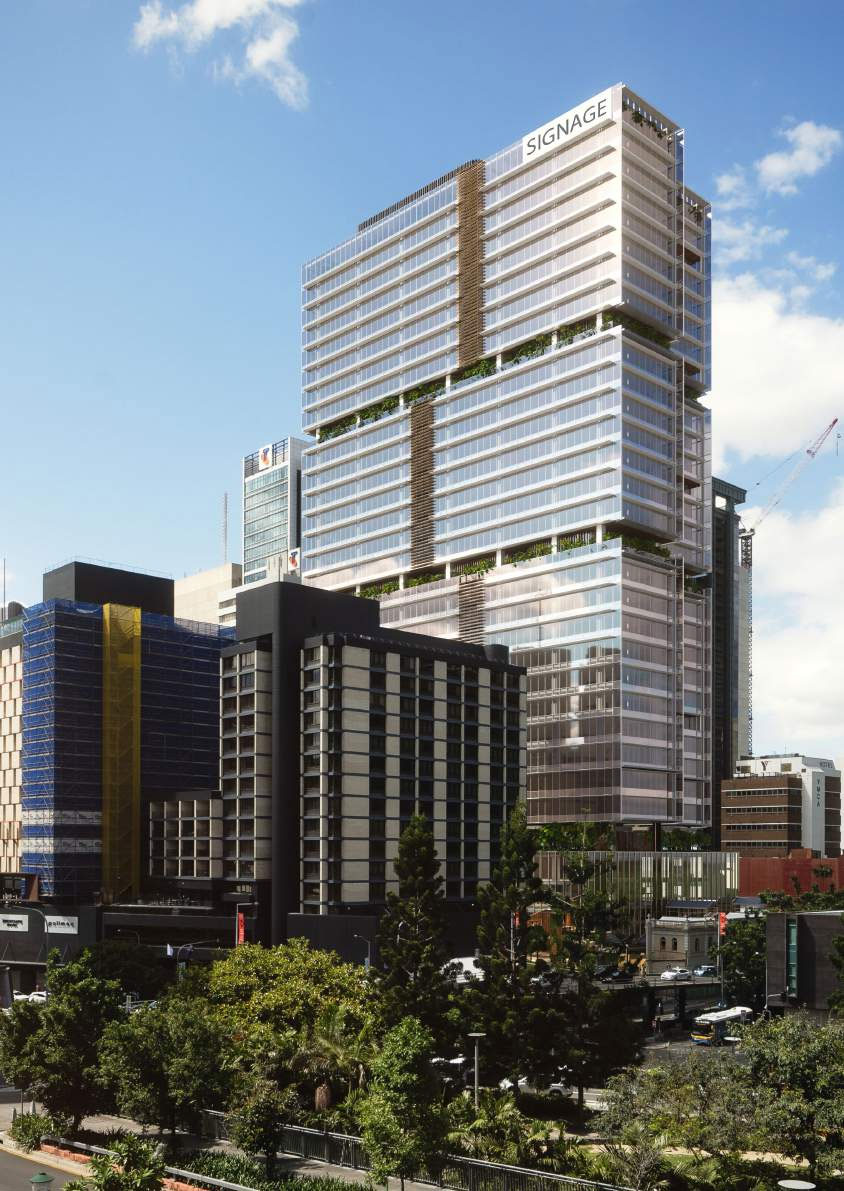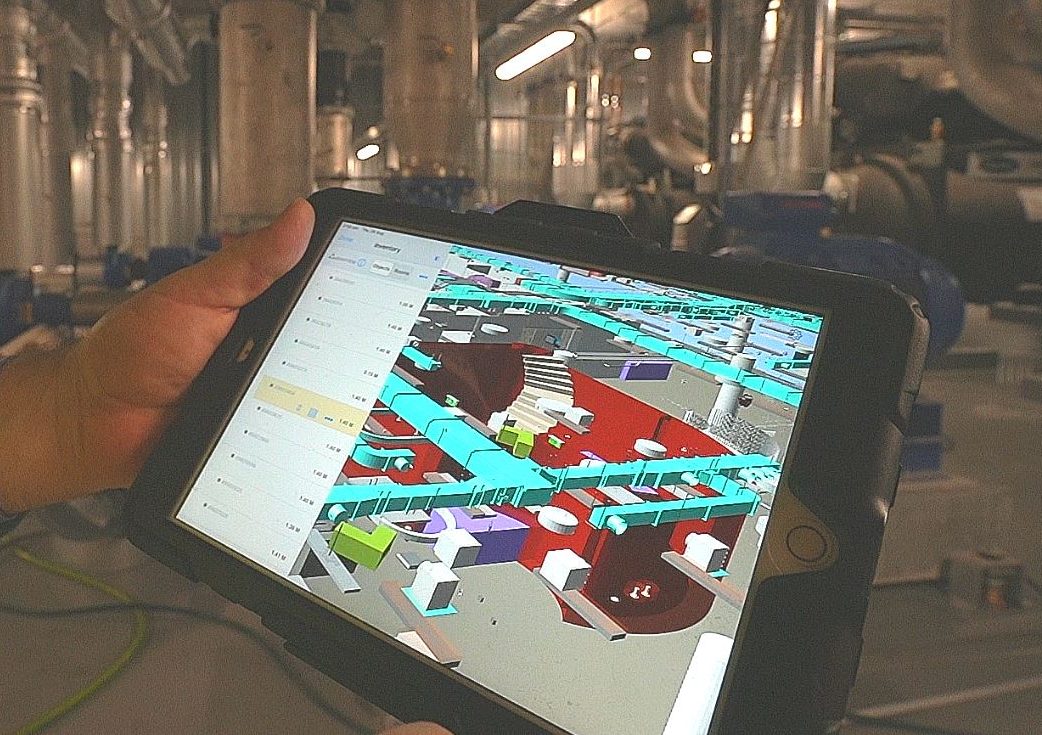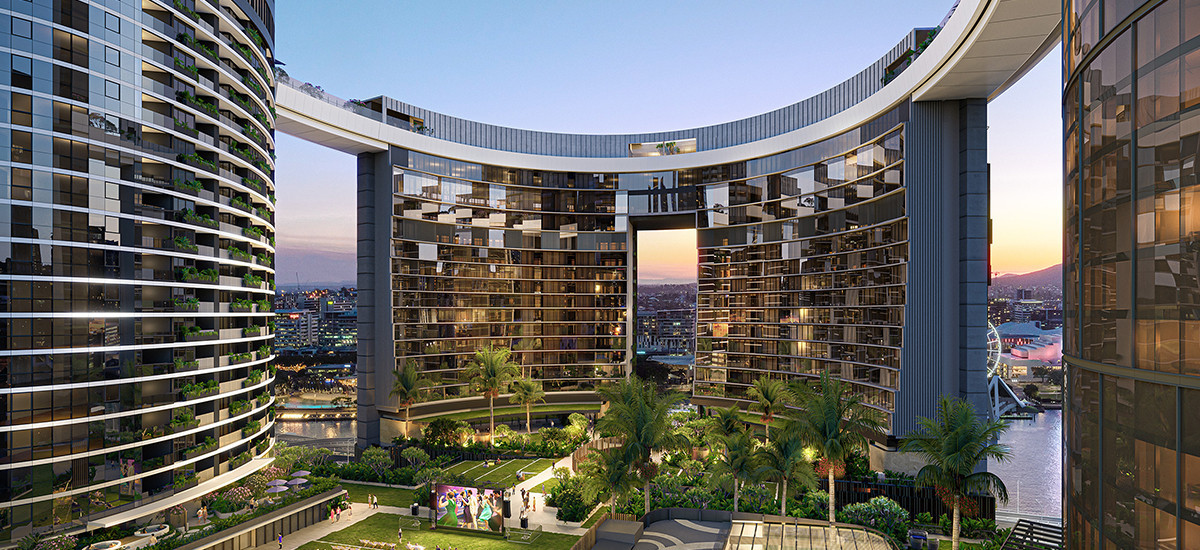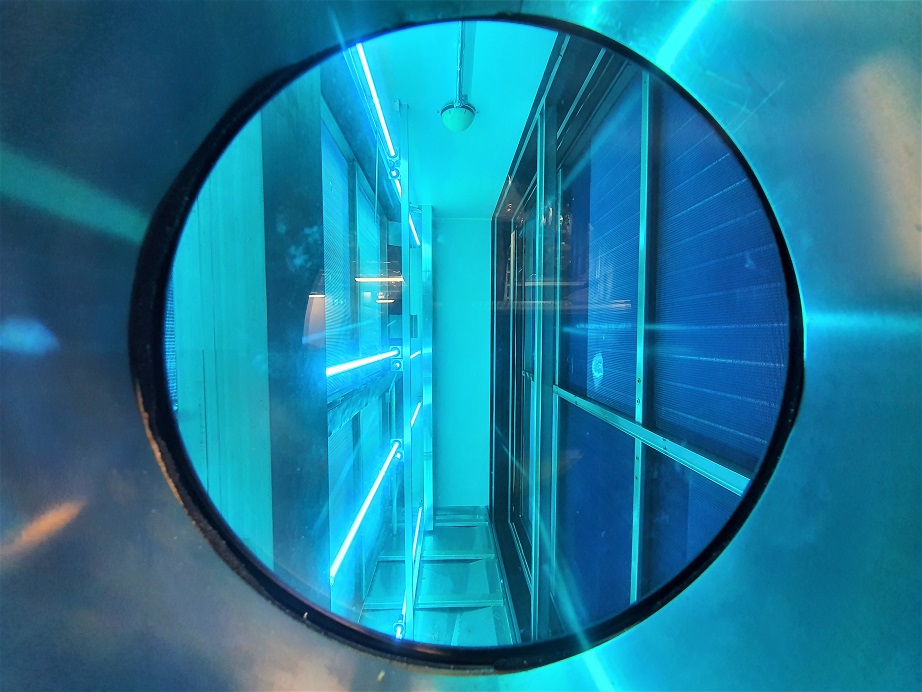
The current health crisis has shown the that those involved with the ventilation systems in buildings, need to carefully assess the systems in use, and their condition, and has raised the debate on the impact such systems have in everything from homes to offices.
The novel SARS-CoV-2 virus which causes the COVID-19 disease, is mainly transmitted by close contact with infectious persons breathing, coughing or sneezing, releasing tiny droplets into the air. Health experts assume that for airborne transmission, these attach to other droplets or particulate matter in the air, and can be carried elsewhere. So, the questions have been raised about what impact ventilation and air-conditioning systems have on this.
Maintaining a healthy Indoor Air Quality, (IAQ), has been gaining popularity as a design topic for the last few years, with a goal to reduce exposure to all air contaminants, from mould spores and bacteria, to chemical compounds, in an attempt to reduce diseases and increase peoples wellbeing.
There are two main ways to approach the problem. The first is to increase fresh air or ventilation rates to avoid recirculation, though with most of us enjoying a mix of cool nights and sub-tropical days, to achieve comfortable temperatures using this method alone requires using a lot more energy. The other, is use higher specified forms of filtration, and understanding that the ongoing maintenance of this is extremely important.
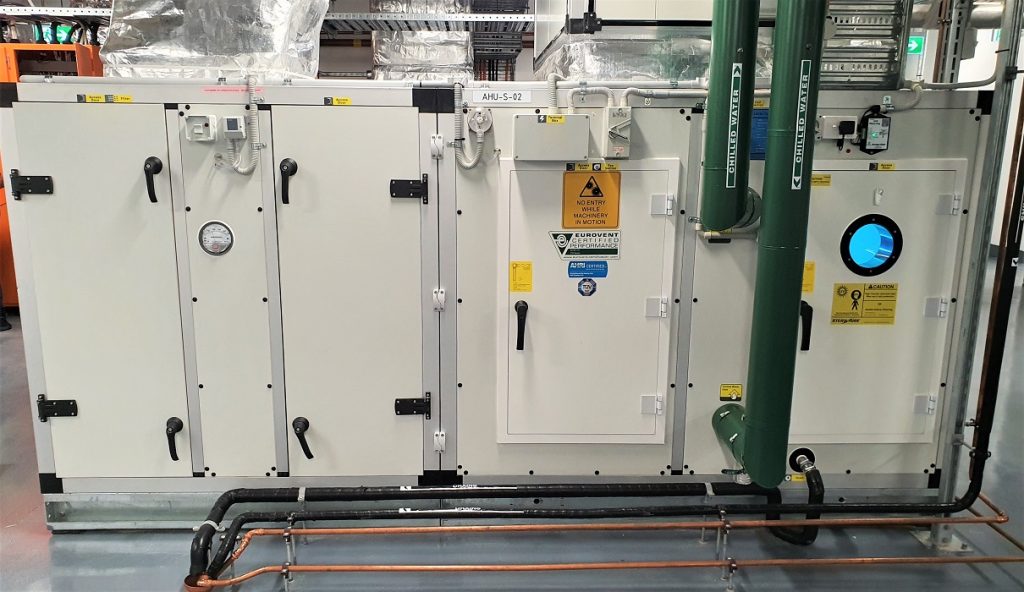
At Ellis AIr Connect, we are experts at understanding the balance that needs to be struck between the two. That’s why our typical Energy-as-a-Service arrangements include not only the main equipment design, monitoring, and control for energy use, but also cleaning and maintenance of the filtration and air-conditioning systems. Doing our bit to help our customers stay as healthy as they are comfortable.

